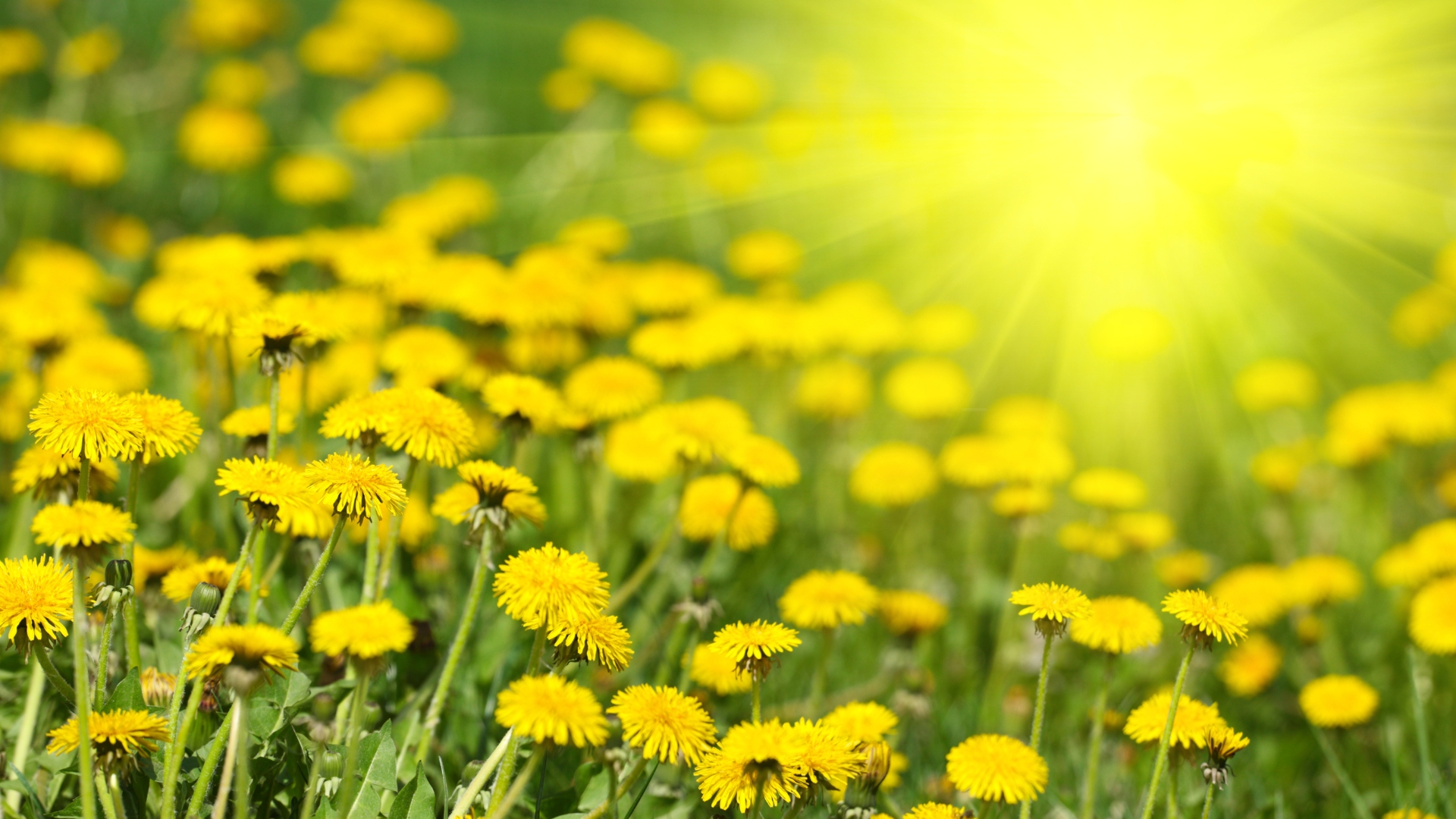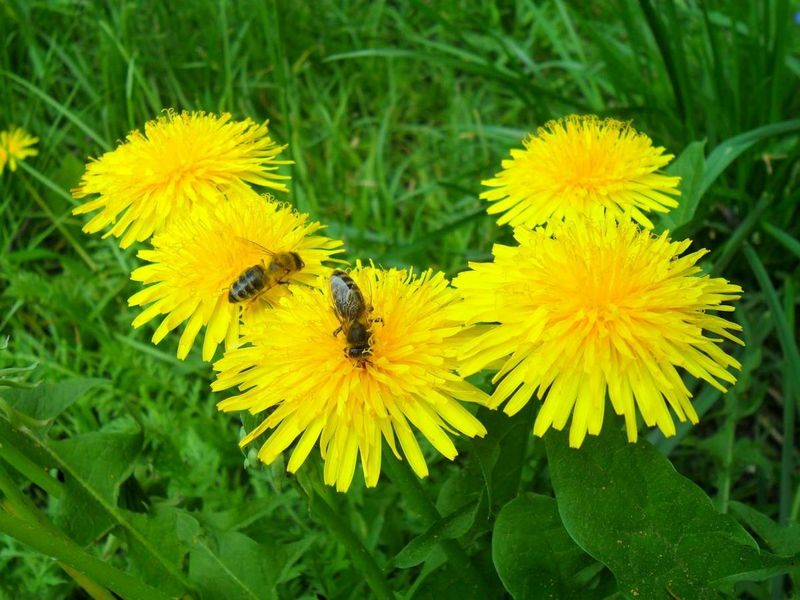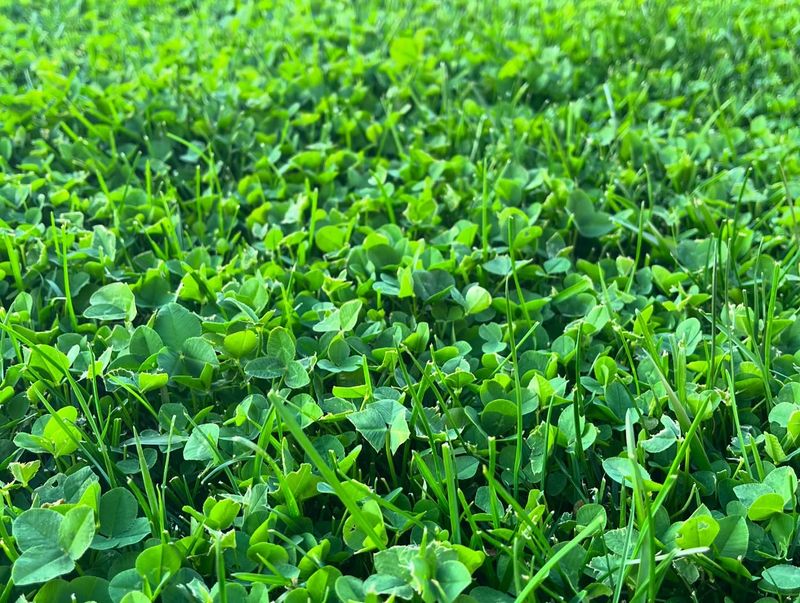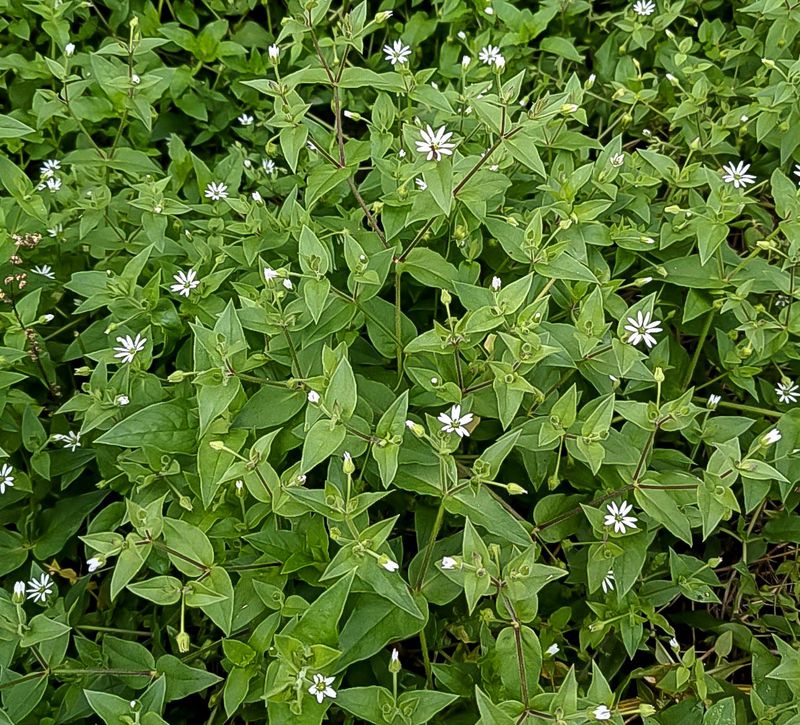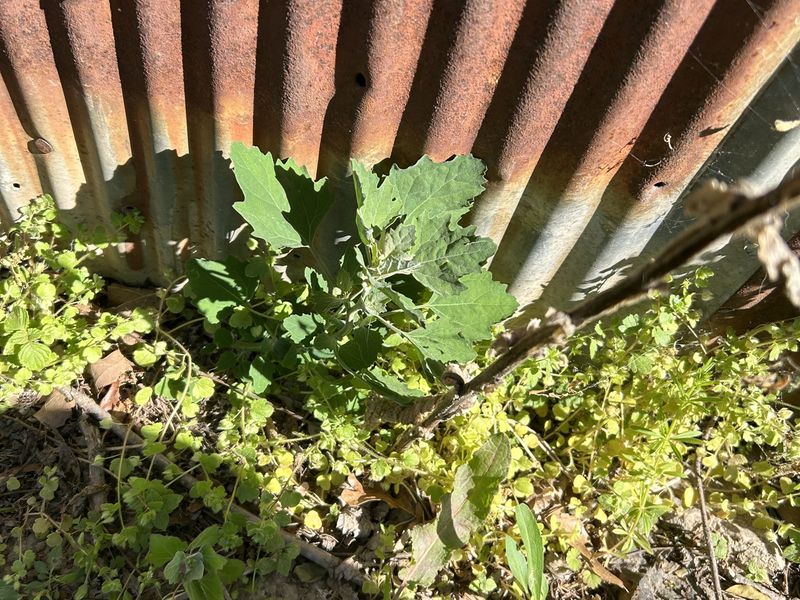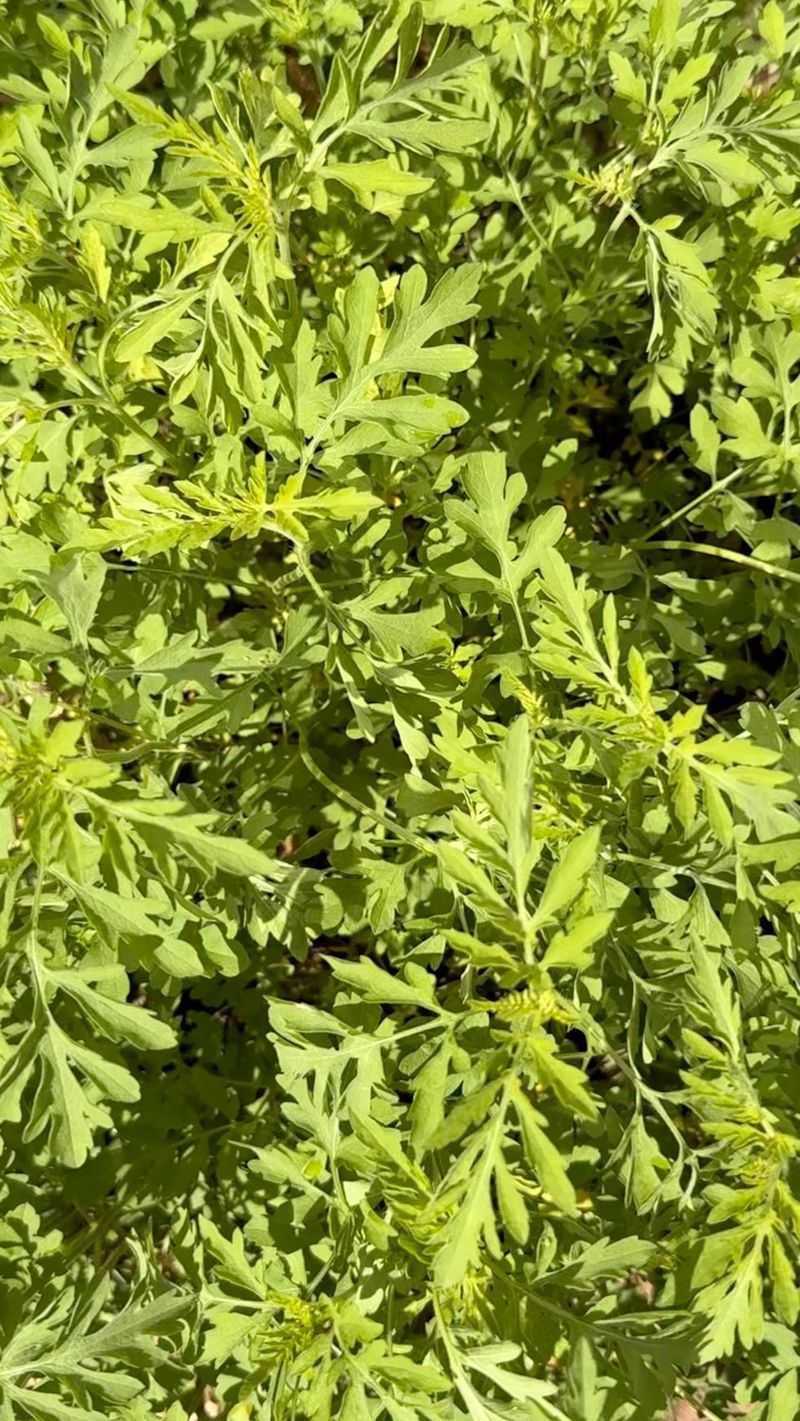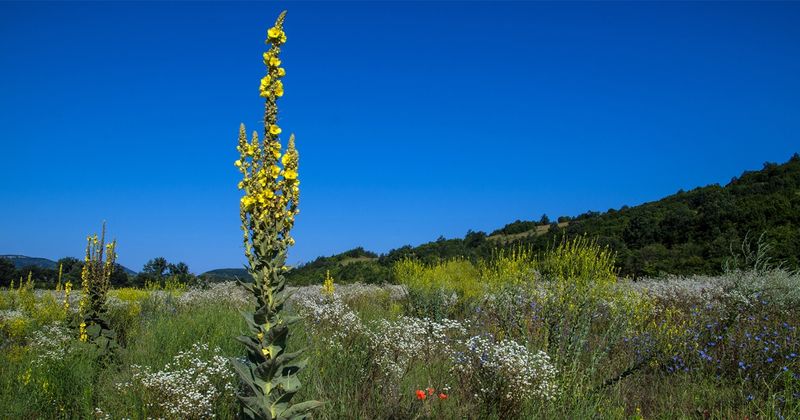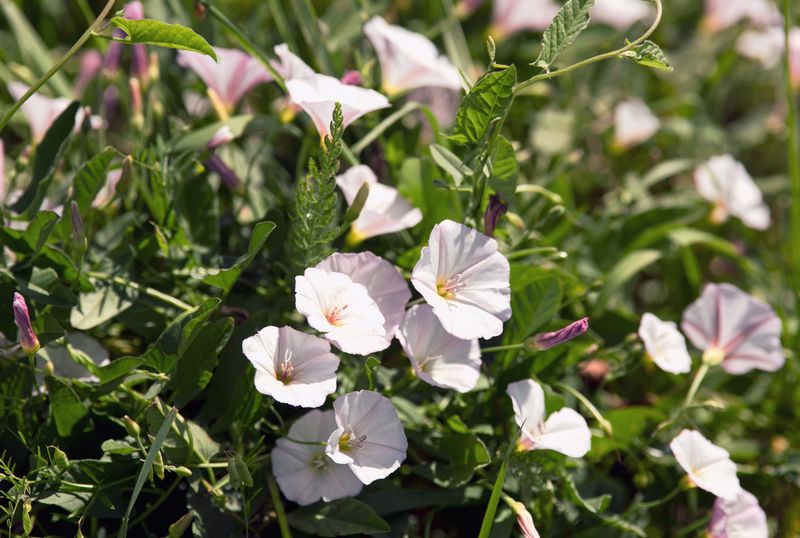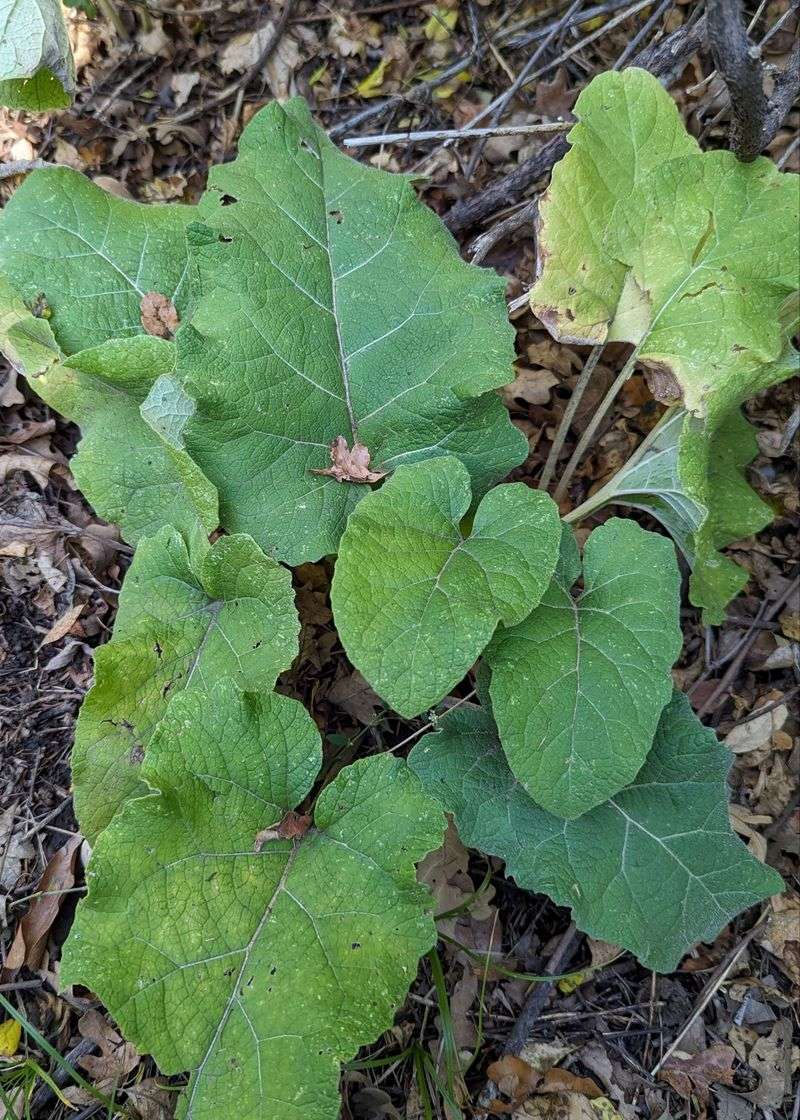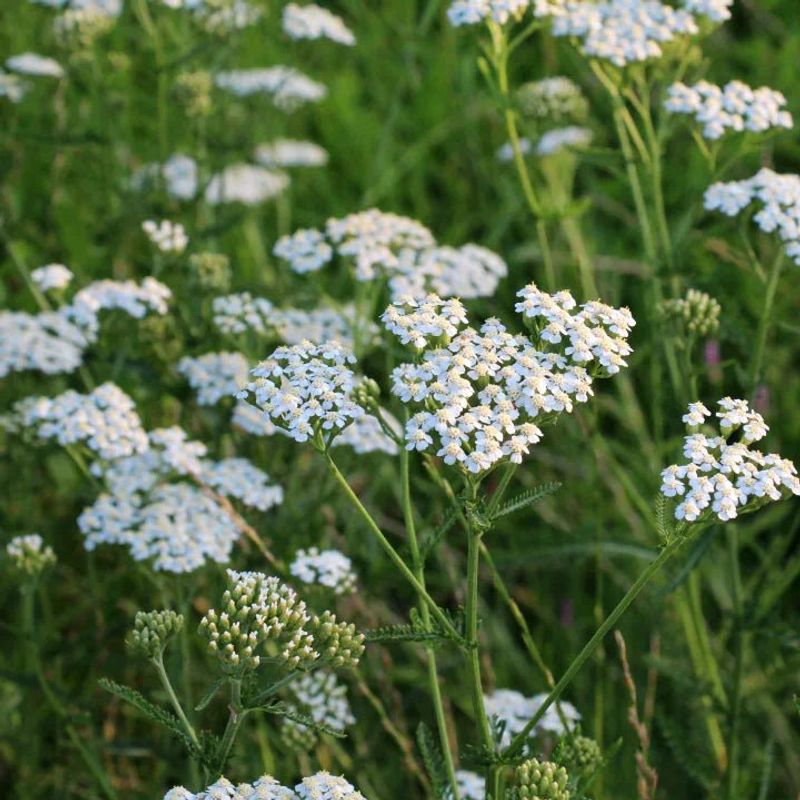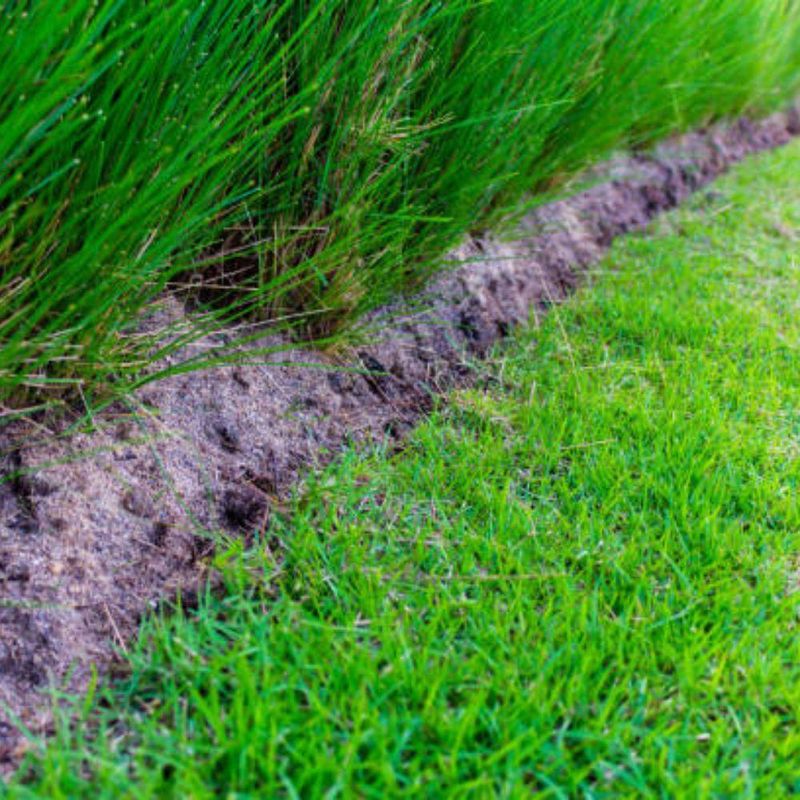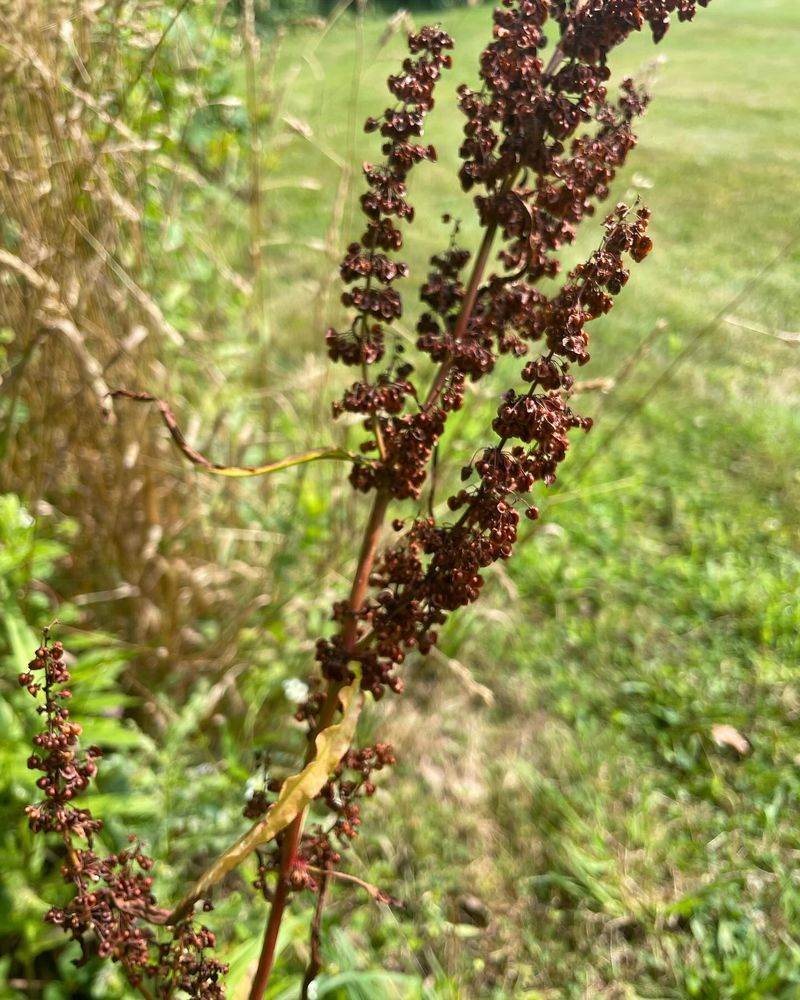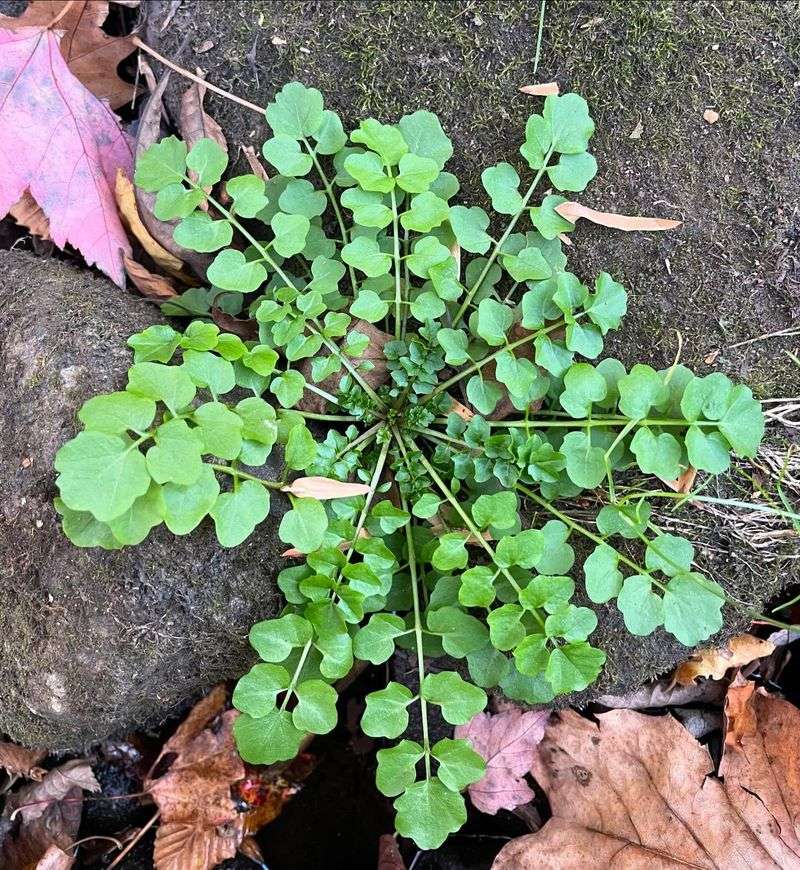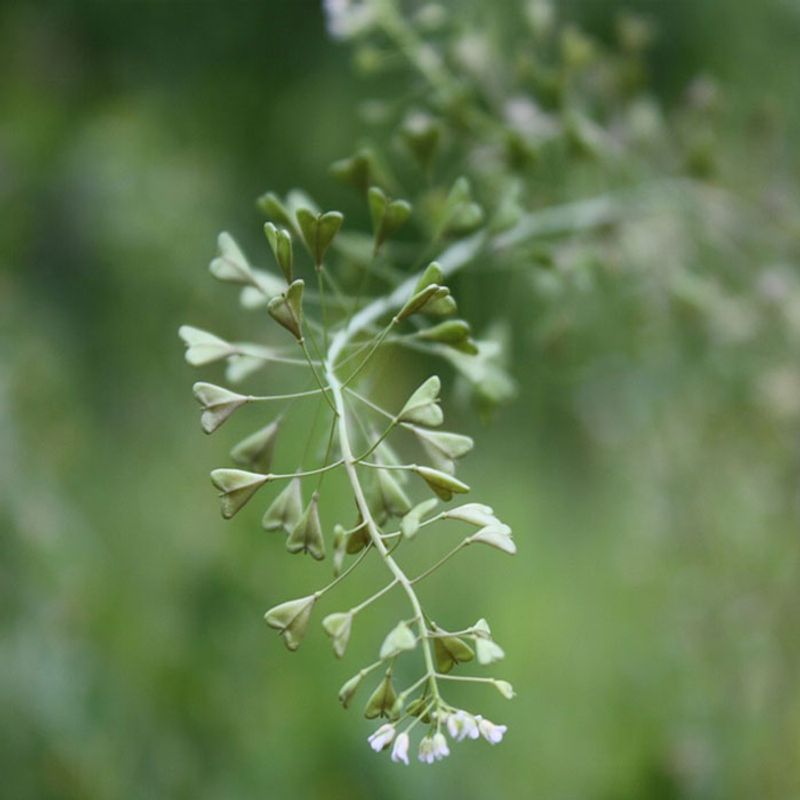Weeds usually get a bad rap, but some of them are doing your soil a serious favor. These resilient plants help anchor the ground, preventing erosion when heavy rains and storms roll in. Instead of pulling them all out, you might want to let a few of these tough guys stick around. Here are 15 resilient weeds that actually protect your soil during storms—and why they deserve a second look!
1. Dandelion
Dandelions are not just weeds; they’re tough little warriors. Their bright yellow flowers pop up everywhere, bringing a splash of sunshine. Underneath, their roots dig deep into the ground, gripping the soil like strong fingers.
These roots help prevent soil erosion during wild weather. Dandelions are also an early source of food for bees. They grow quickly and can thrive almost anywhere, making them a great ally in holding soil firm. Next time you see their golden heads, remember their underground strength in stormy times.
2. Clover
With its charming three-leaf clusters, clover may seem delicate, but it’s a powerhouse in soil preservation. These plants spread across the ground, forming a natural carpet that holds everything together.
Their roots work like nets, keeping soil from washing away. Plus, clovers enrich the soil with nitrogen, making it healthier for other plants.
Whether in white, pink, or red, clovers are not just a lucky charm but a friend’s garden can rely on during heavy rains.
3. Plantain
Not to be confused with the tropical fruit, plantain weeds are soil’s best buddies. These weeds boast broad leaves that lay low and flat, shielding the ground from pounding rain.
Beneath, their roots hold tight, stabilizing the soil. Plantains are hardy and can invade quickly, covering large areas. They’re often found in lawns but are more than just pesky plants.
Acting like nature’s blanket, plantains protect the earth below, maintaining soil integrity when the weather turns fierce and wild.
4. Chickweed
Tiny but mighty, chickweed spreads rapidly across gardens. With its small white flowers and lush green foliage, it forms a dense mat over the soil. This matting effect keeps the earth from being washed away when storms hit.
Chickweed is not just a pretty face; it’s a protector. It adapts quickly to different environments, making it a resilient choice for soil conservation.
Its roots bind the soil together, ensuring everything stays put, even in challenging weather. It’s a silent guardian for gardeners everywhere.
5. Creeping Charlie
Creeping Charlie, with its round leaves and purple blossoms, is a sneaky but effective soil saver. This weed spreads low, covering the garden floor like a green wave. The way it grows helps lock soil in place, preventing erosion.
It’s known for its relentless growth and adaptability, flourishing in shaded areas where other plants may struggle. Though often considered a nuisance, its ability to keep soil anchored makes it a valuable ally during heavy rainfalls. Creeping Charlie is a hidden gem in stormy weather.
6. Lambsquarters
Lambsquarters might just be the unsung hero of the garden. With leaves that seem to shimmer silver in sunlight, this weed offers more than just looks.
Its roots are strong and deep, providing excellent soil stability. As storms rage, lambsquarters keep soil intact, minimizing erosion. This plant is resilient, thriving in various conditions and offering nutrients to the soil.
Once considered a weed, it’s now recognized for its ability to hold everything together, ensuring the land remains lush and fertile even after the wildest weather.
7. Ragweed
Often a culprit for allergies, ragweed has a hidden talent: soil protection. With its feathery leaves and sturdy stems, ragweed provides a barrier against erosion. Its roots dig deep and wide, fortifying the soil.
Despite being an allergy trigger, ragweed’s role in keeping soil in place is vital. During stormy spells, it’s a reliable force, maintaining the land’s structure.
While its pollen might cause sneezes, its roots are busy working magic underground, safeguarding the earth from washing away.
8. Mullein
Mullein is like the gentle giant of the plant world. With its tall stalks and fuzzy leaves, it stands firm against stormy weather. Its roots are deep and strong, anchoring the soil beneath.
Mullein not only prevents erosion but also helps restore soil health by breaking up hard ground. Its majestic presence adds beauty to gardens, and its resilience makes it a go-to choice for soil conservation.
Even when the skies open up, mullein remains steadfast, ensuring the earth stays in place.
9. Field Bindweed
Field bindweed might look delicate with its trumpet-like flowers, but it’s a tough competitor when it comes to soil conservation. Its vines twist and turn, creating a network over the ground that holds the soil firm.
The roots of field bindweed dig deep, providing stability. While it can be invasive, its ability to protect against erosion is undeniable.
This plant’s persistence is a valuable trait, ensuring that no storm can easily disturb the soil it covers. It’s a true guardian of the ground.
10. Burdock
Burdock’s large leaves and spiky burs make it distinctive, but its soil-saving abilities are just as remarkable. Beneath its robust structure lies a deep root system that anchors soil effectively.
In stormy weather, burdock’s roots help hold the ground steady, reducing erosion. Although it can be challenging to manage, its benefits to soil stability should not be overlooked.
Burdock’s presence in a garden is a reminder that even the prickliest plants have a vital role in nature’s balance, especially during adverse weather.
11. Yarrow
Yarrow, with its feathery leaves and clusters of tiny flowers, is a master at holding soil together. Its roots spread wide and deep, creating a strong network that keeps soil in place.
Yarrow is resilient, surviving in poor soil and harsh conditions. Not only does it prevent erosion, but it also attracts beneficial insects, adding to its garden appeal.
In the face of heavy rains, yarrow stands firm, ensuring the ground beneath remains undisturbed. Its combination of beauty and strength makes it a garden favorite for stormy days.
12. Bermudagrass
Bermudagrass is known for its tough, durable nature. Its dense growth pattern forms a thick mat over soil, locking it in place. This grass is a favorite for lawns and sports fields due to its resilience and ability to thrive in various conditions.
When storms hit, Bermudagrass’s root system helps keep soil stable, reducing erosion and damage. Its adaptability makes it a reliable choice for areas prone to heavy rain. With its strong hold on the earth, Bermudagrass proves that even the most common plants have extraordinary capabilities.
13. Curly Dock
Curly Dock’s unique curly leaves and tall stature make it an interesting garden feature. More than just a pretty face, its roots reach deep, securing soil against erosion.
Curly Dock thrives in wet areas, making it perfect for storm-prone gardens. Its presence helps maintain soil structure, ensuring stability even in heavy rains.
While it may spread quickly, its contribution to soil conservation is valuable. Curly Dock adds a touch of wild beauty to landscapes while playing a crucial role in preserving the earth beneath.
14. Hairy Bittercress
Despite its small size, Hairy Bittercress packs a punch when it comes to holding soil together. It grows rapidly, covering the ground with its lush leaves and small white flowers.
This dense coverage protects against erosion, even during heavy downpours. Hairy Bittercress adapts quickly, making it a reliable choice for soil conservation. Its roots bind the earth, ensuring stability in adverse weather.
While often seen as a weed, its role in maintaining soil integrity is significant, proving that even the smallest plants can make a difference.
15. Shepherd’s Purse
Shepherd’s Purse, with its heart-shaped seed pods, is a gentle guardian of the garden. Its roots dive deep, anchoring the soil securely.
This weed grows quickly, spreading across the ground and providing a protective layer against erosion. Its adaptability to different environments makes it a valuable ally in stormy weather.
While often overlooked, Shepherd’s Purse plays a crucial role in keeping the earth stable. Its resilience and ability to thrive in challenging conditions make it a reliable choice for soil conservation.

